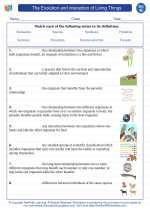Body Structure
The human body is a complex structure composed of different systems that work together to maintain life. Understanding the body's structure is important in comprehending how it functions and how it can be affected by various factors. Here are some key aspects of the body's structure:
Cells
Cells are the basic building blocks of the human body. They vary in shape and size, and each type of cell has a specific function. Examples of cells in the body include nerve cells, muscle cells, and red blood cells.
Tissues
Groups of similar cells working together form tissues. There are four main types of tissues in the body: epithelial, connective, muscle, and nervous. Each type of tissue serves a distinct purpose in the body.
Organs
Organs are structures made up of different types of tissues that work together to perform specific functions. Examples of organs include the heart, lungs, liver, and brain.
Organ Systems
Organ systems are groups of organs that work together to carry out complex functions within the body. The human body has several organ systems, including the digestive system, respiratory system, circulatory system, and nervous system.
Study Tips
- Use diagrams and visual aids to understand the relationships between cells, tissues, organs, and organ systems.
- Practice identifying different types of tissues and their functions.
- Make use of flashcards to memorize the names and functions of major organs and organ systems.
- Explore interactive resources and animations to learn about the body's structure in an engaging way.
- Review and quiz yourself regularly to reinforce your understanding of the material.
◂Science Worksheets and Study Guides Eighth Grade. The Evolution and interaction of Living Things

 Worksheet/Answer key
Worksheet/Answer key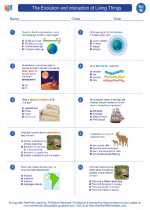
 Worksheet/Answer key
Worksheet/Answer key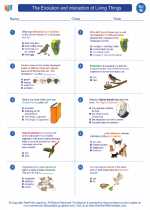
 Worksheet/Answer key
Worksheet/Answer key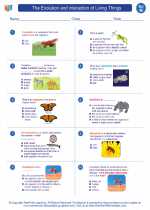
 Vocabulary/Answer key
Vocabulary/Answer key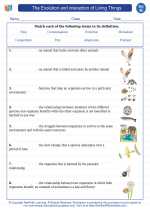
 Vocabulary/Answer key
Vocabulary/Answer key